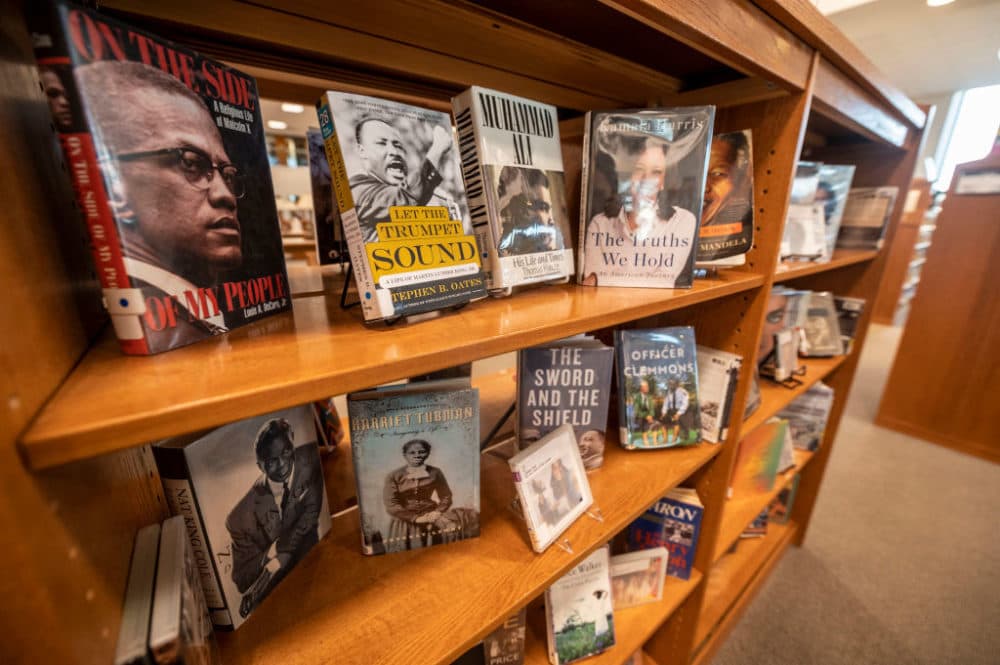Advertisement
Teaching Black History: What's Gone Right, What Work Still Needs To Be Done
Resume
The divide over how to teach American history — and specifically Black history — is growing wider.
Lawmakers in Arkansas, Iowa and Mississippi recently filed legislation to ban teaching from the New York Times' 1619 Project, which frames American history through the legacy of slavery. And in Utah, a charter school was met with an outcry when it allowed parents to opt out of curriculum for Black History Month this February.
The backlash comes amid a renewed interest in teaching “quality, critical, humanistic Black history in the classrooms,” says professor LaGarrett King, director of the Carter Center for K-12 Black History Education at the University of Missouri College of Education.
Teaching Black history has become more mainstream since the 1960s, but the most recent uptick coincided with the rise of Black Lives Matter in 2013, King says.
School districts across the country launched professional development programs “to help their teachers teach Black history in their classrooms, really to kind of connect why these movements were so important in today's society,” he says. Several states have passed legislation mandating Black history be taught in public schools.
But the main problem with how schools teach Black history is that it’s centered around oppression, King writes in an article for Education Week. Students are often taught about Black history from the perspective of white people.
“History is not supposed to be something that makes you feel good. If history always makes you feel good, then you're not necessarily teaching history."
LaGarrett King
The biggest challenge in teaching Black history is that many teachers lack knowledge and appropriate methods for teaching it because many grew up in schools that neglected the subject, he says.
“The first thing that teachers need to do is realize that they need to teach through Black history instead of about Black history,” he says. “So there needs to be a balance between power, oppression and racism, agency, resistance and perseverance, Africa and African diaspora, joy and love, different identities that make up Black people, as well as the contentious items of Black history that does not make it so perfect and pristine.”
Black history has been largely mishandled by schools because of the progressive, patriotic nature of teaching American history, King says. The first thing teachers need to realize is that teaching history means acknowledging what makes us uncomfortable.
“History is not supposed to be something that makes you feel good. If history always makes you feel good, then you're not necessarily teaching history,” he says. “You may be teaching nostalgia, but you're not teaching history.”
By talking about the difficult aspects of history, King says teachers can get to the root of what history is all about: identity and humanity.
History “teaches about who is human and how to treat people humanely,” he says. “Teachers have to be comfortable in saying, 'I don't know this history based on my perspectives, but I'm here to learn with you and for you.’ ”
Lynn Menegon produced and edited this interview for broadcast with Todd Mundt. Samantha Raphelson adapted it for the web.
This segment aired on February 9, 2021.

